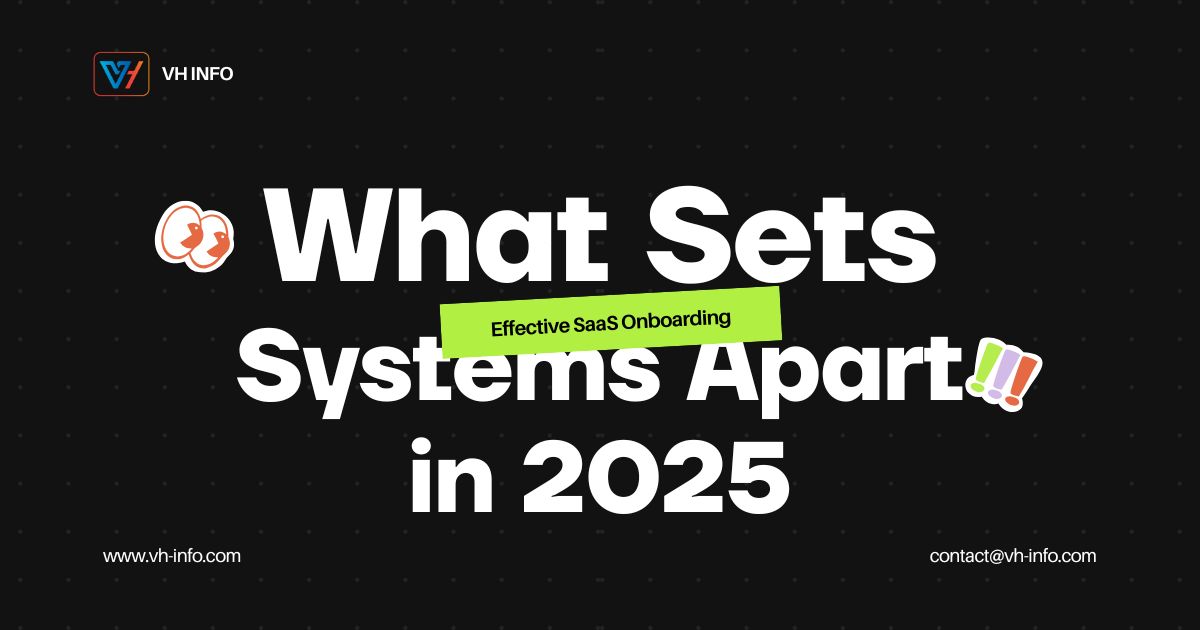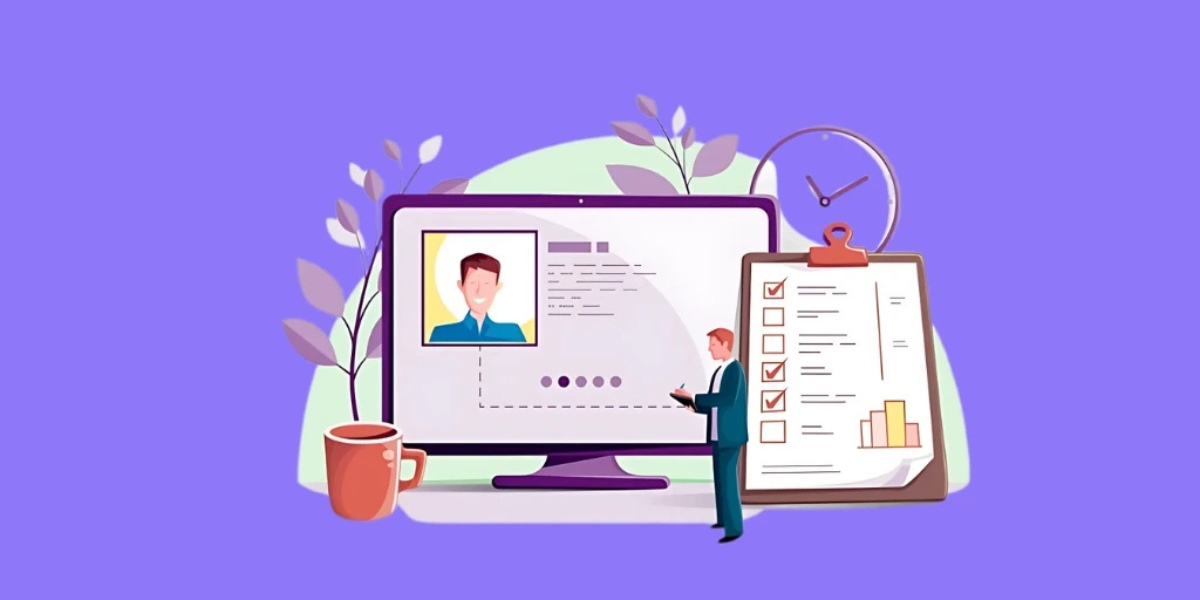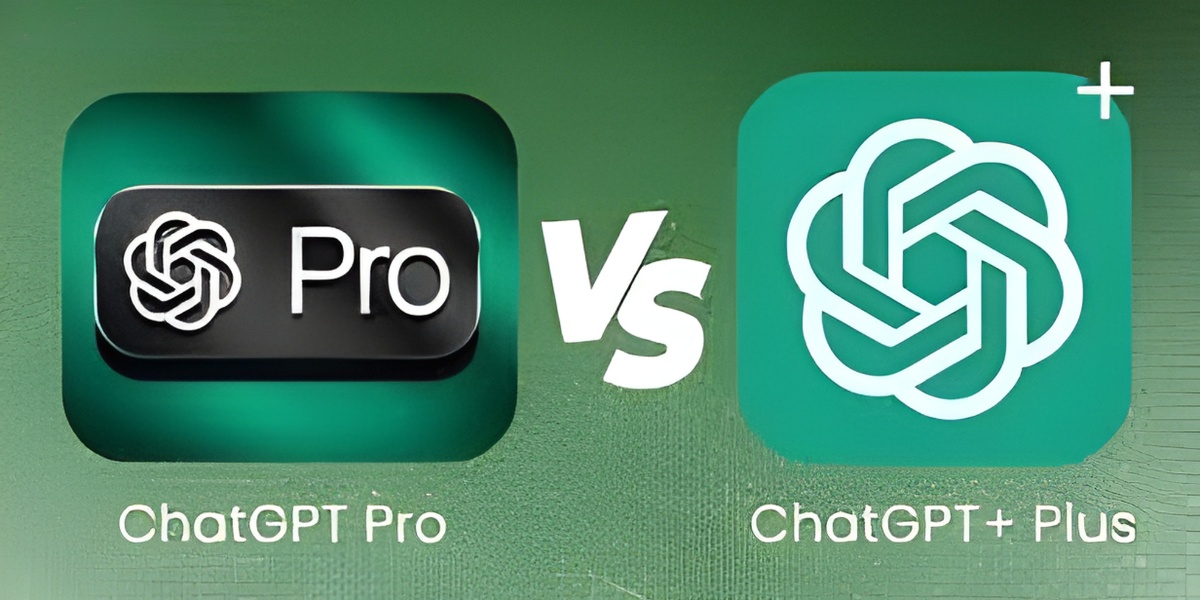The first few moments inside a SaaS platform can make or break the user experience. Fast access, clear steps, and early wins define whether users stick around or drift off.
Teams that focus on intuitive flows and instant value delivery reduce churn before it starts. They also build trust more quickly, especially in industries with stringent regulations or complex onboarding requirements.
In 2025, effective SaaS onboarding systems stand out through smart automation, real-time compliance checks, and workflows tailored to each vertical.
Redefining SaaS Onboarding: Best Practices for 2025
SaaS companies in 2025 rethink onboarding as a tailored, tech-enabled experience that drives faster adoption. Here’s what the most forward-thinking teams are doing differently.
Personalized Onboarding Journeys Based on User Roles and Goals
Every user lands inside your product with different needs. Some want quick access to core features, while others need step-by-step guidance. A one-size-fits-all flow wastes time and confuses new users right when they’re forming impressions.
Today, SaaS platforms segment onboarding based on job titles, usage intent, or even industry. That means a project manager and a developer won’t see the same first-run experience. Each user gets only what’s relevant to their role and objectives.
Behind the scenes, behavior-based logic adjusts content in real time. Product tours change depending on previous clicks or skipped steps. This type of smart targeting sets users up with immediate wins and provides teams with better insight into where people succeed or stall.
Cross-Device Continuity with Mobile-First Onboarding Flows
Users often start on a phone, then finish onboarding at a desk. Others begin setup during transit and expect to resume later without having to retrace their steps. That shift between screens needs to feel seamless, not fragmented.
In 2025, mobile-first no longer means stripped-down. Onboarding flows now adapt based on screen size and device behavior without dropping essential content. Features like biometric login and cloud sync enable users to pick up right where they left off, with no delays or duplicate inputs.
Mobile onboarding includes the same guidance layers as desktop, tuned for quick interaction. Progress bars remain consistent across devices, so users stay oriented from start to finish regardless of platform.
AI-Driven Onboarding Assistants and Smart Recommendations
Static checklists no longer guide new users effectively. AI now shapes the onboarding experience in real-time, using input from behavioral patterns, role context, and historical usage across similar profiles. What you get is a flow that responds instead of dictates.
Instead of pushing everyone through identical steps, intelligent assistants now surface personalized guidance like:
- Tooltips tied to feature engagement timing
- Resource links matched to user confusion signals
- Nudges based on incomplete setup sequences
Each suggestion lands with purpose, relevant to what users just did or failed to complete. Over time, AI learns what triggers better retention and adjusts those prompts automatically without developer intervention.
Real-Time Progress Tracking and Adaptive Checklists
Early onboarding used to rely on static task lists with limited feedback. Users often had no idea how far along they were or what would come next until frustration set in. That lack of clarity slowed engagement and spiked drop-off rates. Many users, struggling with multiple digital services, might even look for a free subscription tracker to manage their various accounts, highlighting a broader need for clarity and organization in their digital lives.
Now, platforms highlight completion status at every step using visual trackers that adapt as users interact with the product. Checklists evolve depending on the actions a user completes or skips, so unnecessary steps vanish before slowing anyone down.
Smart tracking also feeds data back to teams instantly. Support staff can spot bottlenecks without waiting for tickets or surveys, then adjust flows accordingly within hours.
Embedded Feedback Loops for Continuous Improvement
Onboarding no longer ends with setup completion. It becomes a feedback-rich process that adapts based on how users react to every interaction. The best systems treat each step as a chance to gather insight, not just guide clicks.
Short prompts within the interface now collect input without disrupting flow, thanks to things like “Was this helpful?” or quick emoji responses tied to tooltips. That data builds a clearer view of where people hesitate, succeed, or skip altogether.
Teams then turn those micro-signals into updates quickly. Instead of long revision cycles, onboarding flows improve in days by utilizing real-world signals directly from user behavior patterns.
Seamless Integration with Third-Party Apps and APIs
Most users already rely on tools that power their workflows, including CRMs, HR systems, and communication platforms. If your onboarding process forces them to start from scratch, adoption slows immediately. A better experience connects the dots from day one.
An ideal SaaS system embeds integration steps directly into the onboarding flow, often with OAuth-based authentication or pre-configured templates that reduce setup time. Syncing key data early helps eliminate redundant input and aligns user environments quickly.
APIs work behind the scenes, so connections feel native rather than bolted on later. The result is a unified system where users launch with everything working in context from the start.
Essential Tools That Power Seamless User Onboarding
Modern onboarding depends as much on infrastructure as it does on design. The right tools make each interaction smoother, safer, and easier to scale. Here’s what the top SaaS platforms are using.
Electronic Forms for Secure Data Collection
Collecting sensitive user data requires more than just basic input fields. Users want a fast experience, but they also expect their information to be protected at every step. That’s where electronic forms with built-in security protocols now lead the process.
To digitize your onboarding paperwork effectively, platforms use encrypted fields and role-based access tied directly to compliance standards. Features often include:
- Auto-fill options synced with verified identity databases
- Time-stamped audit trails on form submissions
- Conditional logic to reduce unnecessary inputs
Friction fades when forms adapt in real time while keeping everything compliant under the hood. Teams reduce manual work, and users get started faster without worrying about document handling delays.
Automated Identity and Compliance Verification
Verification steps can become the bottleneck in onboarding, especially in finance, healthcare, or education platforms. Delays lead to friction and handoffs that break user flow. That risk diminishes rapidly when automation is introduced.
Platforms rely on APIs connected to government ID databases, biometrics engines, or third-party compliance checks, all without requiring users to leave your app. Verification runs silently in the background while users proceed with setup tasks that don’t require delays.
What results is a faster experience for legitimate users and stricter barriers for bad actors. Trust builds early when systems handle compliance behind clean UI layers.
Interactive Product Walkthroughs and Tutorials
Users land on new platforms with a goal, not a desire to read documentation. Getting them to that first win quickly requires embedded guidance that shows, not tells. Static help pages no longer keep pace with modern onboarding.
Walkthroughs now launch based on user behavior or trigger automatically after key actions like sign-up or integration setup. Instead of lengthy explanations, short bursts of visual cues guide users through tasks as they occur.
When steps are interactive, such as clickable buttons or modals tied to actions, users retain more information and explore deeper features earlier. Support tickets drop because people understand the product while using it naturally.
In-App Messaging and Live Chat Support
Getting stuck during onboarding can quickly frustrate users. Without real-time assistance, many users leave before completing the setup or even seeing the value in the product. That drop-off now gets intercepted with timely, contextual support built directly into the experience.
Support teams can place guided messages where users typically hesitate, such as in payment settings or during integration steps, and offer live chat right at that point of friction. Conversations occur within the app, ensuring context remains intact and there’s no need to switch to another window.
Instead of reactive tickets, teams engage earlier while intent remains high. Users stay on track because help appears exactly when and where it’s needed most.
Progress Tracking Dashboards and Analytics
You can’t improve what stays invisible. When onboarding stalls, knowing where users drop off helps fix the process fast. Real-time dashboards give product teams the visibility needed to fine-tune every stage.
The most effective tools highlight metrics like task completion rates, average time spent per step, and skipped actions, right down to specific user segments. Those insights show exactly where people succeed or stall in the experience.
Having this data always up-to-date allows you to test improvements without waiting weeks for feedback cycles. Onboarding becomes a system of constant refinement because results surface as they happen inside a single interface.
Wrapping Up
Effective SaaS onboarding in 2025 blends personalization, smart technology, and seamless integration. It transforms a traditionally rigid process into an intuitive experience that adapts to users’ needs in real time. From AI-driven assistants to cross-device continuity and embedded feedback loops, these systems prioritize usability while fostering long-term engagement.
Success depends on meeting users where they are—offering value quickly without unnecessary friction or delays. Forward-thinking teams understand that onboarding is more than a first impression; it’s the foundation for lasting user satisfaction and loyalty. With the right tools and strategies, your SaaS platform can stand out as indispensable from day one.



